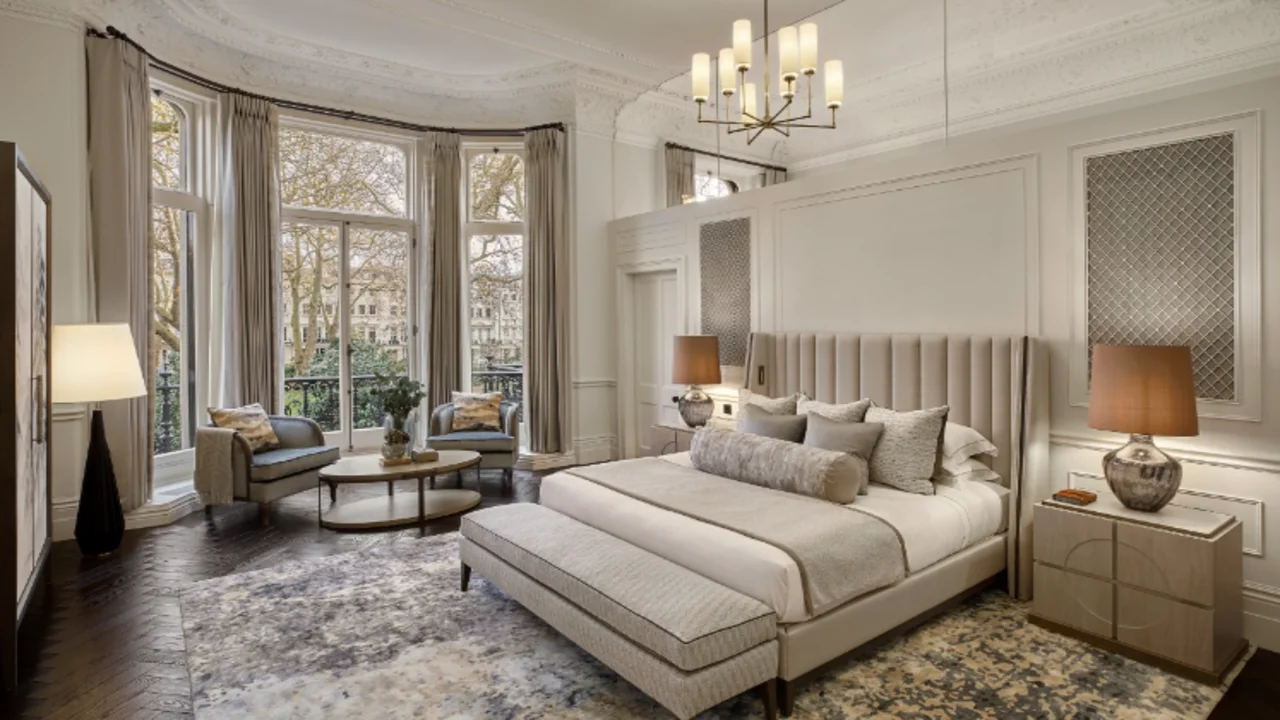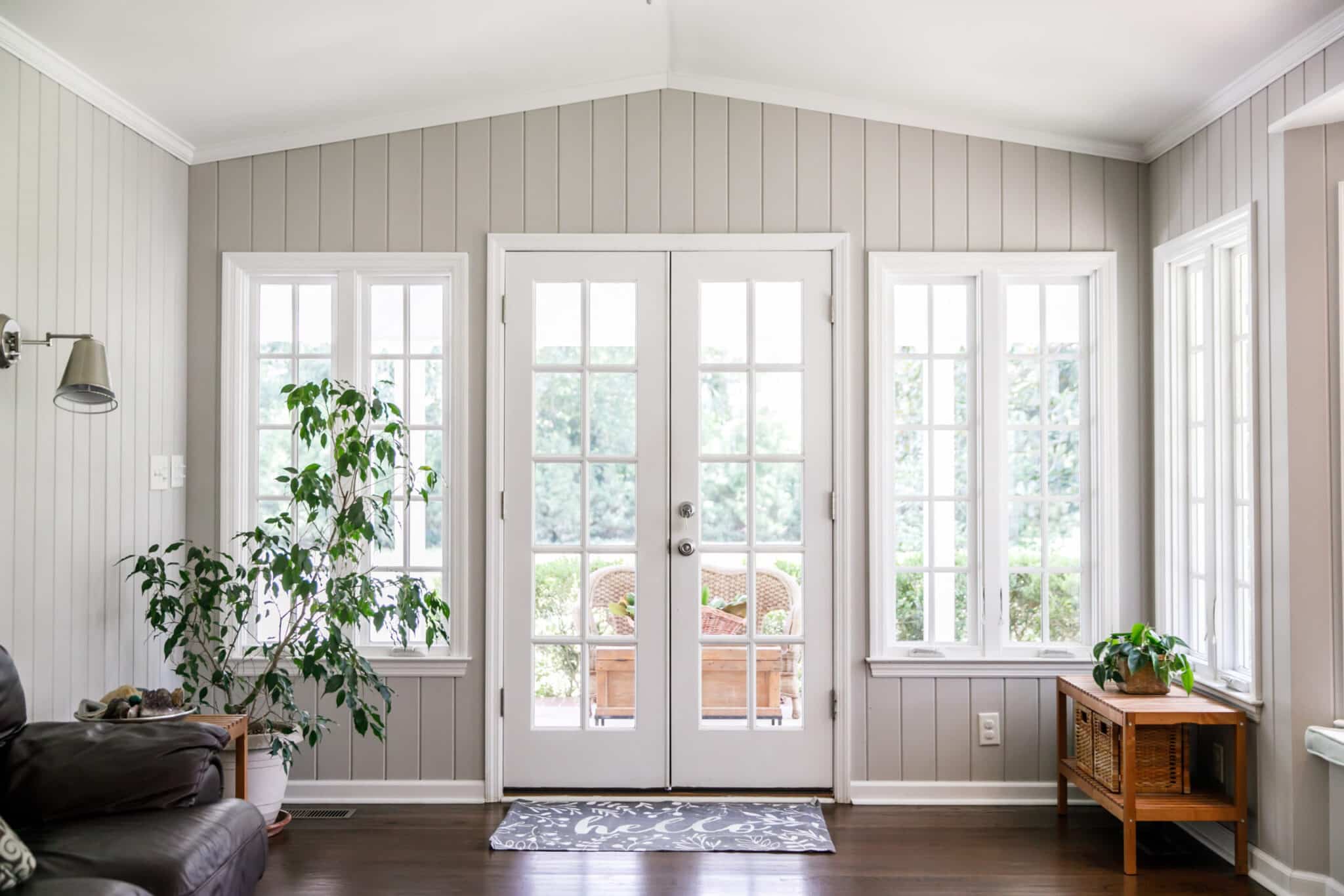In today’s fast-paced world, finding a personal sanctuary—a space that reflects who you are and provides comfort—is essential for maintaining your well-being. Whether you live in a cozy apartment, a spacious house, or a shared living space, personalizing your environment can transform it into a haven that fosters relaxation and creativity. Here are some effective tips to help you create a sanctuary that resonates with your personality and enhances your living experience.
1. Identify Your Style
The first step in personalizing your space is to identify your unique style. Take a moment to consider what makes you feel most at home. Do you prefer a modern aesthetic with sleek lines and neutral colors, or are you drawn to bohemian vibes with vibrant patterns and eclectic decor? Perhaps you love a minimalist approach or a rustic farmhouse feel. Creating a mood board can be a helpful exercise. Use Pinterest, magazines, or even physical swatches to gather inspiration and visualize your ideal space.
2. Incorporate Meaningful Decor
Your space should tell your story. Incorporate decor that holds sentimental value or represents significant moments in your life. This could be family photos, travel souvenirs, or art pieces that resonate with you. By surrounding yourself with items that spark joy and nostalgia, you create a more meaningful environment. Consider displaying these items prominently, such as on shelves, walls, or coffee tables, where they can be easily appreciated.
3. Choose a Color Palette
Color plays a vital role in how we feel in our spaces. Select a color palette that reflects your personality and enhances the mood you want to create. Soft, muted tones can evoke calmness, while bold colors can energize and inspire. If you’re unsure, start with a neutral base and add pops of color through accessories like throw pillows, rugs, or artwork. Remember that paint is also an easy and impactful way to transform a room—consider an accent wall to make a statement.
4. Create Cozy Corners
Incorporating cozy corners in your home can provide a retreat for relaxation and reflection. Designate a nook with comfortable seating, such as a reading chair or a window seat, and adorn it with soft blankets and cushions. Add a small side table for your favorite book or a cup of tea. Enhance the ambiance with soft lighting, such as fairy lights or a stylish lamp. This will be your go-to spot for unwinding after a long day or indulging in your hobbies.
5. Incorporate Nature
Bringing elements of nature indoors can greatly enhance the serenity of your space. Consider incorporating houseplants, fresh flowers, or natural materials like wood and stone. Plants not only purify the air but also add a touch of life and vibrancy to your home. If you’re not confident in your plant care skills, opt for low-maintenance varieties such as succulents or snake plants. Additionally, incorporating natural light through windows or mirrors can create a more open and inviting atmosphere.
6. Personalize with Textiles
Textiles can significantly affect the overall feel of your space. Choose fabrics that are not only visually appealing but also comfortable. Layering different textures—such as soft blankets, plush rugs, and decorative cushions—adds depth and warmth to your sanctuary. Consider using textiles that reflect your personal style, whether it’s luxurious velvet, cozy wool, or lightweight linen. Don’t hesitate to mix and match patterns and colors to create a unique and inviting atmosphere.
7. Optimize Functionality
Personalization goes beyond aesthetics; it also involves creating a space that works for you. Consider how you use your space and make adjustments to enhance its functionality. This could mean organizing your workspace for maximum productivity, creating a dedicated area for hobbies, or ensuring that your living space accommodates gatherings with friends and family. Functionality and comfort should go hand in hand to create a harmonious environment.
8. Incorporate Personal Touches
Personal touches are essential for turning a house into a home. Incorporate items that represent your interests, like model airplanes, books, art supplies, or musical instruments. If cooking is your passion, consider showcasing your favorite cookbooks or unique kitchen gadgets. Handmade items, such as crafts or artwork, can also reflect your creativity and skills. By adding these personal touches, you not only create a space that feels distinctly yours but also foster an environment that encourages you to engage with your passions.
9. Maintain a Clean and Clutter-Free Space
Finally, to truly enjoy your personalized sanctuary, it’s essential to maintain a clean and organized environment. Clutter can lead to stress and distraction, so regularly declutter and assess what items you truly need. Implementing storage solutions, such as baskets or decorative boxes, can help keep your space tidy while adding to its aesthetic appeal. A clean, organized space allows your personalized decor to shine and enhances your overall well-being.
In Conclusion
Creating your sanctuary is about crafting a space that reflects your individuality and meets your needs. By identifying your style, incorporating meaningful decor, and optimizing functionality, you can transform your home into a true reflection of who you are. Remember, personalization is an ongoing process—don’t hesitate to evolve your space as your tastes and needs change. Embrace the journey of designing a sanctuary that brings you peace, joy, and inspiration every day.

Stephen Norman is a skilled and accomplished writer known for his versatility across numerous niches. He consistently delivers insightful and engaging content in various fields. Stephen’s extensive experience and profound expertise make him a highly sought-after author in the digital writing sphere.











